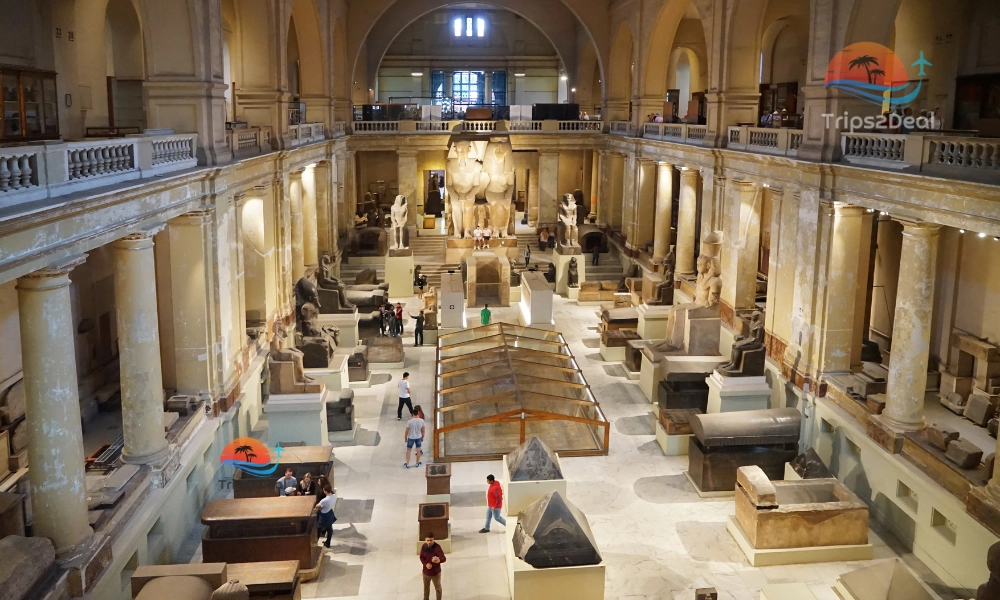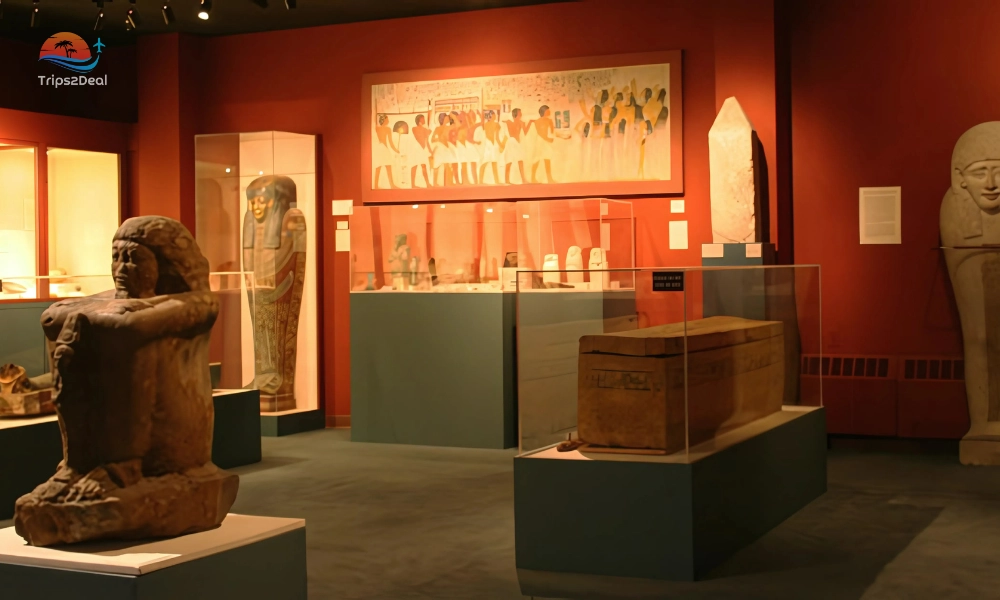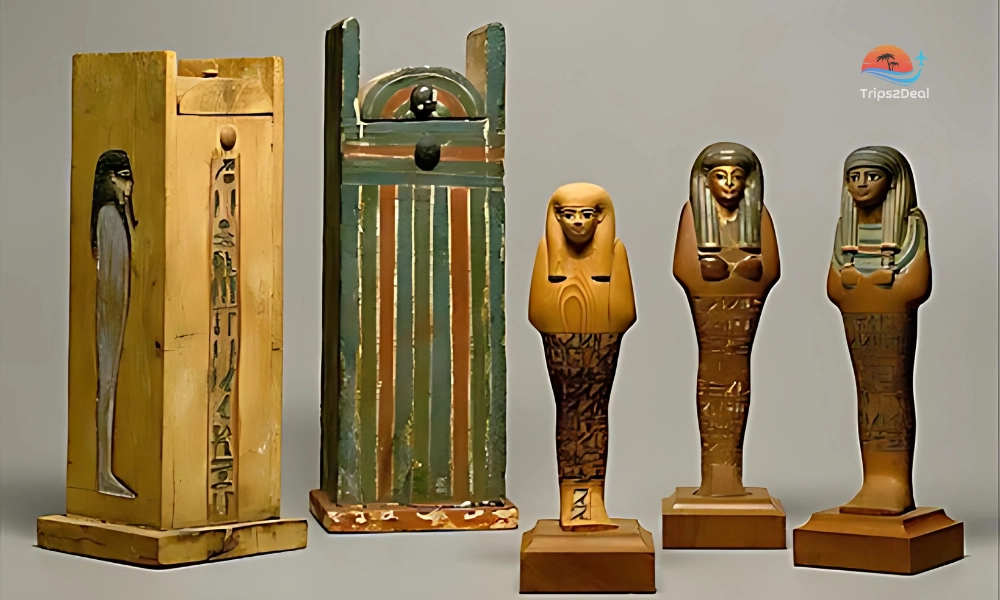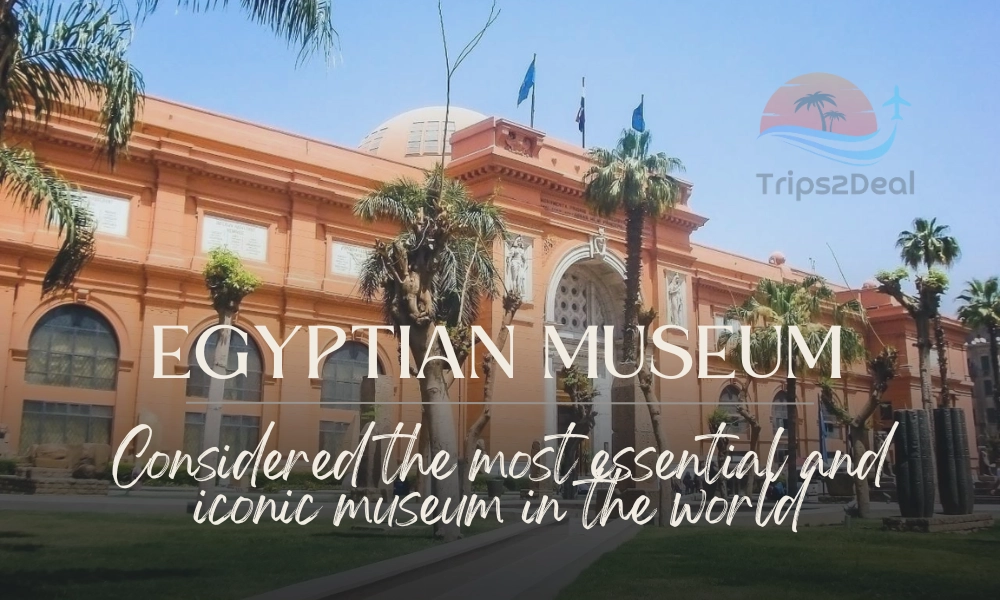Blogs

The Egyptian Museum
Table of Contents
- History of the Egyptian Museum: From Inception to Icon
- Architecture and Layout of the Egyptian Museum
- Ground Floor: Colossal Statues and Prehistoric Collections
- First Floor: Royal Collections of Tutankhamun's
- Mummies and Funerary Collections:
- Greco-Roman and Coptic Artifacts
- Some Notable Artifacts in the Egyptian Museum
- Scientific Research at the Museum
The Egyptian Museum is located in the heart of Cairo at Tahrir Square and is considered the most essential and iconic museum in the world. There are more than 120,000 antiques on display in the museum, which allows you to study the culture, lifestyle, and beliefs of an ancient Egyptian civilization. It has artifacts from the different stages of Egypt's evolution, ranging from mummies and sarcophagi to golden masks and ancient papyri. A visit to the Egyptian museum will be a great addition to your historical information.
History of the Egyptian Museum: From Inception to Icon
Marcel Dourgnon, a French architect, proposed the Egyptian Museum architecture design. He designed the building in a neoclassical style, and later, in 1902, the museum officially opened. It stands out as the oldest museum in the Middle East and an outstanding achievement of Egypt in order to preserve and celebrate its cultural heritage. Before the construction of the museum, they kept the artifacts in different temporary places like Boulaq and Giza. In order to house these artifacts, the Egyptian museum was constructed to gather and house all the rapidly expanding artifacts during 19th-century excavation. This significant step of the Egyptian Museum construction represents the Egyptian government's commitment to safeguarding antiquities to educate the world.
Architecture and Layout of the Egyptian Museum
The architecture was designed by a French architect, Marcel Dourgnon; from the outside, it represents an old classic building style. The Egyptian museum is designed in a way that allows users to explore Egypt's past chronologically and thematically. The entrance is also grand, and the museum consists of two main floors. The museum has a large central hall and galleries that display artifacts according to the categories or periods.
Ground Floor: Colossal Statues and Prehistoric Collections
The ground floor of the Egyptian museum allows you to witness the crafting skills of ancient Egyptian people. There are some colossal statues of pharaohs like Ramesses II and Amenhotep III and others. It also represents artifacts like pottery, stone tools, Gigantic sarcophagi, and stone relics from the predynastic and old kingdom periods. All the massive ancient pieces are on display on the ground floor as it's easy to manage and relocate them.

First Floor: Royal Collections of Tutankhamun's
There are many sections on the first floor. Still, the most visited is the Tutankhamun section, where the collection of the young pharaohs is displayed. This collection was discovered by the archaeologist Howard Carter in 1922 from the tomb of Tutankhamun. This collection includes items like golden jewelry, ceremonial beds, chariots, and even food items. But the most famous item is the golden mask, and all these items are well preserved. In other sections, there are a lot of artifacts that showcase the artistic and cultural richness of the New Kingdom and the late period.
Mummies and Funerary Collections:
There was a royal mummy room in the Egyptian museum, which holds more than 20 mummies, but in 2021, these mummies were transferred to NMEC ( National Museum of Egyptian Civilization ). Now, you can find some funerary artifacts and mummified remains like decorated coffins, canopic jars, burial masks, and tools used in mummification. This section allows visitors to learn about the funerary rituals, techniques, and mummification process through detailed exhibits.
Greco-Roman and Coptic Artifacts
In the Egyptian museum, you are not going to learn only about the Pharaonic era; instead, there is a section that is specified for the artifacts from the Gerco-Roman and Coptic periods. These items include statues of Ptolemaic rulers depicted in traditional Egyptian garb, Roman-style mosaics, and early Christian manuscripts. This section represents the influence and transition of the religious and traditional beliefs of ancient Egypt into different cultures over many centuries.

Some Notable Artifacts in the Egyptian Museum
There are almost 120,000 artifacts that are present in Egyptian museums, which hold historical values and a story. From this large collection, some notable artifacts are:
- The Narmer Palette: This palette is from the period of 3100 BCE, which is one of the oldest historical documents of the world. It was found in the temple of Hourus and shows King Narmer, who is wearing the crowns of both Upper and Lower Egypt. This also symbolizes the unification of Upper and Lower Egypt during the King Narmer period.
- Merneptah Stele (Israel Stele): This granite stele is from the 13th century BCE, which is the first known reference to the extrabiblical mention of the name "Israel."It is also a memory of the military victories of Pharaoh Merneptah.
- Statue of Khafre: The massive statue of the pharaoh Khafre, who is the builder of the second pyramid in the Giza pyramids complex. The statue is in a seated position, and the notable thing is the falcon god Horus protectively perched behind his head. This statue was discovered in the Valley temple near the Great Sphinx in 1860.
- The Wooden Statue of Ka-Aper: This statue of a priest, Sheikh el-Balad, from the 5th dynasty. It represents the craftsmanship of the Egyptians in the 5th dynasty.
- Tutankhamun's Golden Mask: The prime example of the ancient Egyptian goldsmithing skills. This mask is found in the treasure of Tutankhamun in his tomb. Although most of the items moved to the Grand Egyptian Museum, this mask is still on display in the Egyptian Museum temporarily.
- Yuya and Thuya's Funerary Collection: This collection allows you to learn about the burial items of the elite from the 18th dynasty. Yuya and Thuya, who were the grandparents of pharaoh Akhenaten, their collections contained stunning golden coffins, jewelry, and canopic jars. There is also a Gilded Coffin of Thuya, which shows the wooden skills of ancient Egyptian people. This coffin is made of wood and decorated with gold leaf techniques.
- The Statue of Amenhotep III and Sobek: This is a double statue, which is built in a way that the Pharaoh Amenhotep III sits beside the Sobek, a crocodile god. It represents the partnership between them and divine protection.
- Canopic Jars: One of the artifacts from the burial items, these jars were used during the mummification process for storing the internal organs and buried along the mummy in the tomb. These decorated jars provide you with insights into the burial rituals.
- Papyrus Collection: The paper that provides the window into the religion and mythology of ancient Egypt.

Scientific Research at the Museum
In the Egyptian Museum, there is a section which is dedicated to scientific research and conservation efforts. Collaborative efforts from international and Egyptian institutes are made in order to restore the thousands of fragile items. Also, modern technology allowed them to uncover more historical information about the mummies and artifacts.
Visiting the Egyptian Museum allows you to witness the ancient artifacts and learn about the history. This museum is one of the monuments of human history and achievement. Although the opening of the Grand Egyptian Museum and the reallocation of many artifacts happened, the Egyptian Museum remains a testament to Egypt's enduring legacy.





